Diethyl sulfate
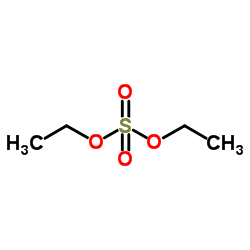
Diethyl sulfate structure
|
Common Name | Diethyl sulfate | ||
|---|---|---|---|---|
| CAS Number | 64-67-5 | Molecular Weight | 154.185 | |
| Density | 1.2±0.1 g/cm3 | Boiling Point | 208.0±0.0 °C at 760 mmHg | |
| Molecular Formula | C4H10O4S | Melting Point | -24 °C | |
| MSDS | Chinese USA | Flash Point | 78.3±0.0 °C | |
| Symbol |



GHS05, GHS06, GHS08 |
Signal Word | Danger | |
| Name | Diethyl sulfate |
|---|---|
| Synonym | More Synonyms |
| Density | 1.2±0.1 g/cm3 |
|---|---|
| Boiling Point | 208.0±0.0 °C at 760 mmHg |
| Melting Point | -24 °C |
| Molecular Formula | C4H10O4S |
| Molecular Weight | 154.185 |
| Flash Point | 78.3±0.0 °C |
| Exact Mass | 154.029984 |
| PSA | 60.98000 |
| LogP | 1.14 |
| Vapour density | 5.3 (vs air) |
| Vapour Pressure | 0.3±0.3 mmHg at 25°C |
| Index of Refraction | 1.426 |
| Stability | Moisture sensitive. May react violently with oxidizing agents. |
| Water Solubility | 5 g/L (20 ºC) |
CHEMICAL IDENTIFICATION
HEALTH HAZARD DATAACUTE TOXICITY DATA
MUTATION DATA
|
| Symbol |



GHS05, GHS06, GHS08 |
|---|---|
| Signal Word | Danger |
| Hazard Statements | H302 + H332-H311-H314-H340-H350 |
| Precautionary Statements | P201-P260-P280-P303 + P361 + P353-P305 + P351 + P338-P308 + P313 |
| Personal Protective Equipment | Faceshields;full-face respirator (US);Gloves;Goggles;multi-purpose combination respirator cartridge (US);type ABEK (EN14387) respirator filter |
| Hazard Codes | T:Toxic; |
| Risk Phrases | R20/21/22;R34;R45;R46 |
| Safety Phrases | S53-S45 |
| RIDADR | UN 1594 6.1/PG 2 |
| WGK Germany | 3 |
| RTECS | WS7875000 |
| Packaging Group | II |
| Hazard Class | 6.1 |
| HS Code | 2920909090 |
| Precursor 10 | |
|---|---|
| DownStream 10 | |
| HS Code | 2920909090 |
|---|---|
| Summary | 2920909090 esters of other inorganic acids of non-metals (excluding esters of hydrogen halides) and their salts; their halogenated, sulphonated, nitrated or nitrosated derivatives。Supervision conditions:None。VAT:17.0%。Tax rebate rate:9.0%。MFN tariff:6.5%。General tariff:30.0% |
|
Contact-dependent growth inhibition requires the essential outer membrane protein BamA (YaeT) as the receptor and the inner membrane transport protein AcrB.
Mol. Microbiol. 70 , 323-40, (2008) Contact-dependent growth inhibition (CDI) is a phenomenon by which bacterial cell growth is regulated by direct cell-to-cell contact via the CdiA/CdiB two-partner secretion system. Characterization of... |
|
|
Genetic effects of dimethyl sulfate, diethyl sulfate, and related compounds.
Mutat. Res. 75(1) , 63-129, (1980) DMS and DES are monofunctional alkylating agents that have been shown to induce mutations, chromosomal aberrations, and other genetic alterations in a diversity of organisms. They have also been shown... |
|
|
Measurement of ethyl glucuronide, ethyl sulphate and their ratio in the urine and serum of healthy volunteers after two doses of alcohol.
Alcohol Alcohol. 48(1) , 74-82, (2013) Ethyl glucuronide (EtG) and ethyl sulphate (EtS) are minor metabolites of ethanol, and their presence in urine provides a strong indication of recent alcohol administration. In this study, we performe... |
| Diethyl sulfate |
| EINECS 200-589-6 |
| Ethylsulpate |
| MFCD00009099 |
| Diaethylsulfat |
| sulfatediethylique |
| DIETHYL MONOSULFATE |
| Sulfuric acid, diethyl ester |
| Diethylsulfate |
| DIETHYL SULPHATE |
| ETHYL SULFATE |
| Diethylsulfat |
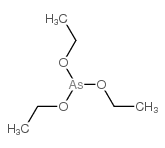 CAS#:3141-12-6
CAS#:3141-12-6 CAS#:64-17-5
CAS#:64-17-5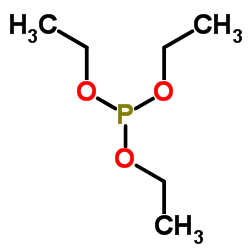 CAS#:122-52-1
CAS#:122-52-1 CAS#:88-12-0
CAS#:88-12-0 CAS#:54509-73-8
CAS#:54509-73-8 CAS#:7446-11-9
CAS#:7446-11-9 CAS#:625-01-4
CAS#:625-01-4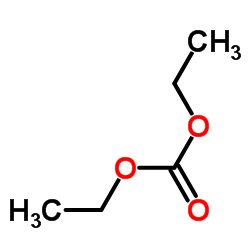 CAS#:105-58-8
CAS#:105-58-8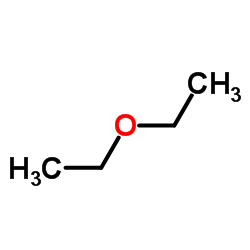 CAS#:60-29-7
CAS#:60-29-7 CAS#:546-74-7
CAS#:546-74-7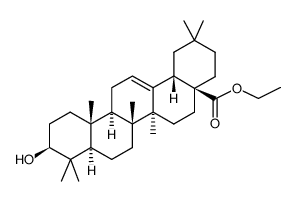 CAS#:110700-49-7
CAS#:110700-49-7 CAS#:108593-47-1
CAS#:108593-47-1 CAS#:57102-97-3
CAS#:57102-97-3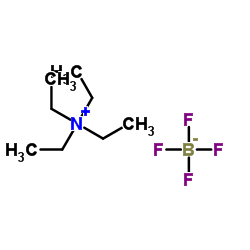 CAS#:429-06-1
CAS#:429-06-1 CAS#:5520-66-1
CAS#:5520-66-1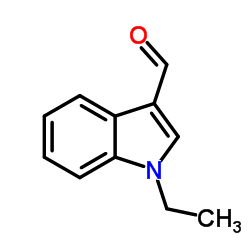 CAS#:58494-59-0
CAS#:58494-59-0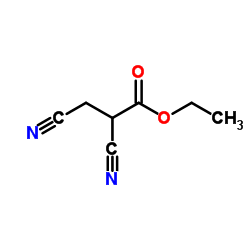 CAS#:40497-11-8
CAS#:40497-11-8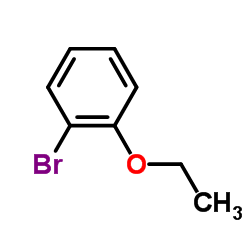 CAS#:583-19-7
CAS#:583-19-7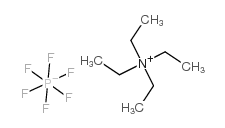 CAS#:429-07-2
CAS#:429-07-2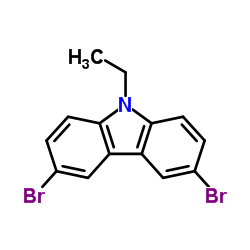 CAS#:33255-13-9
CAS#:33255-13-9
